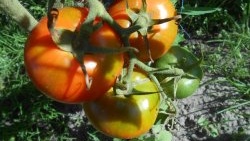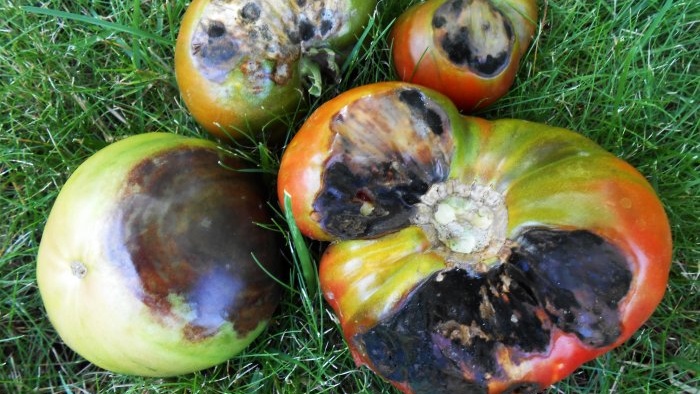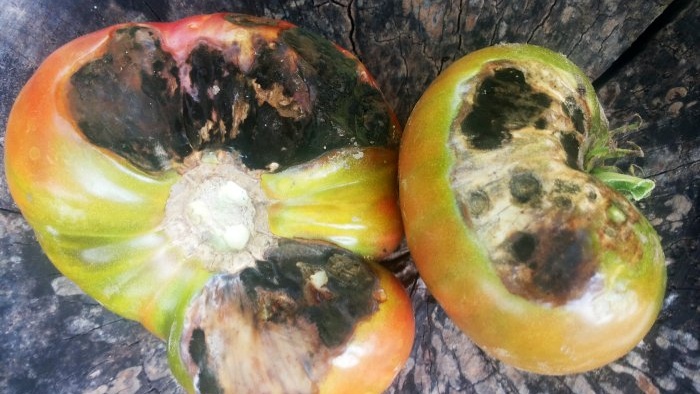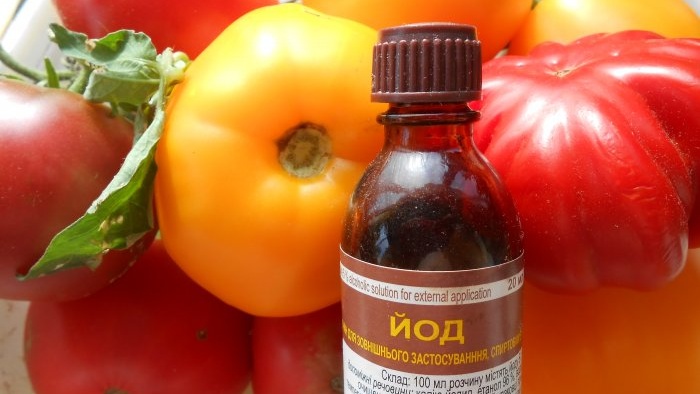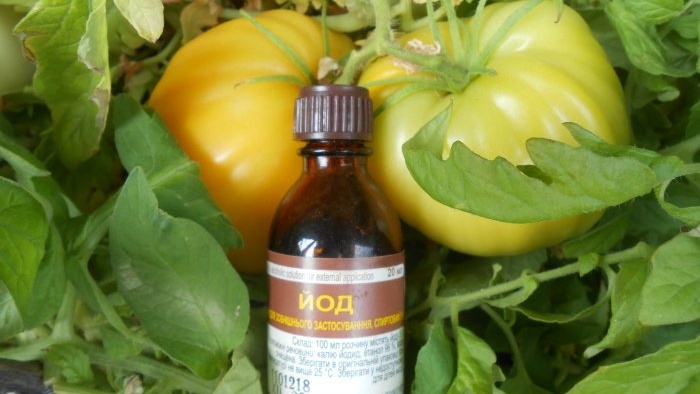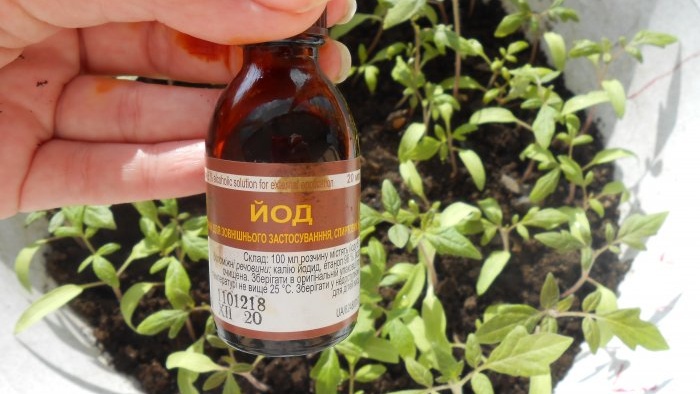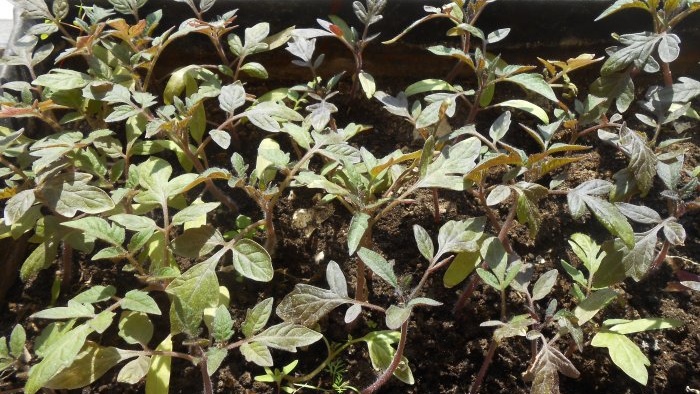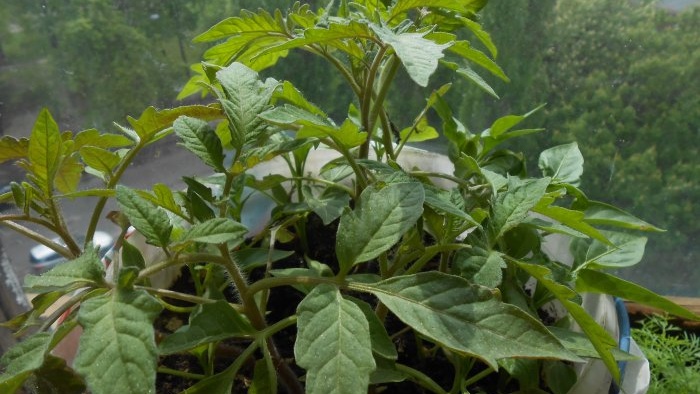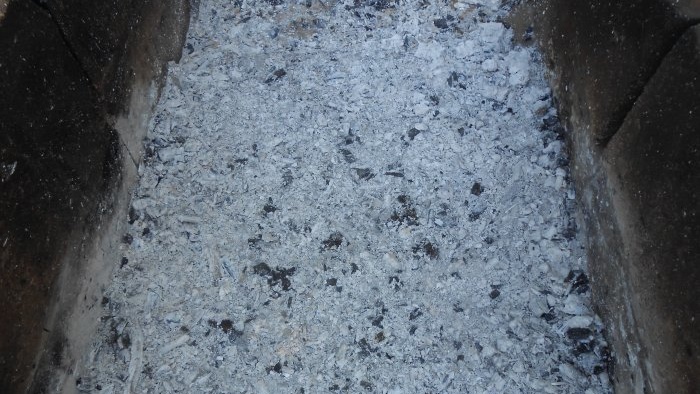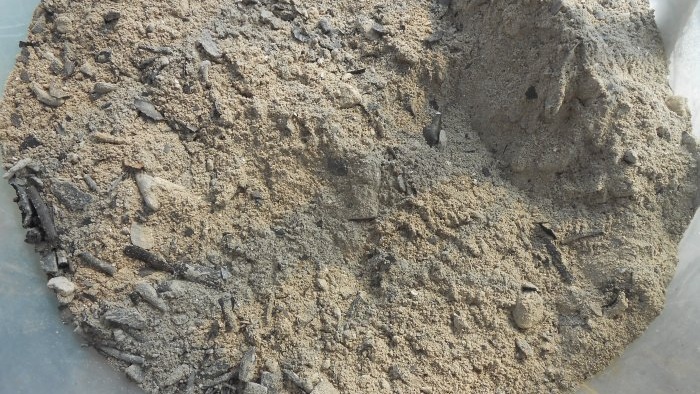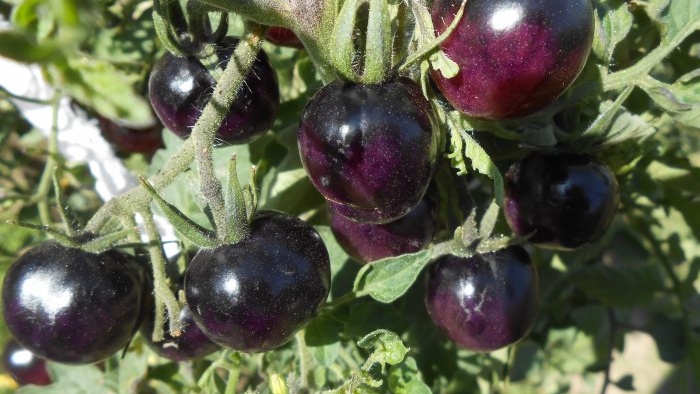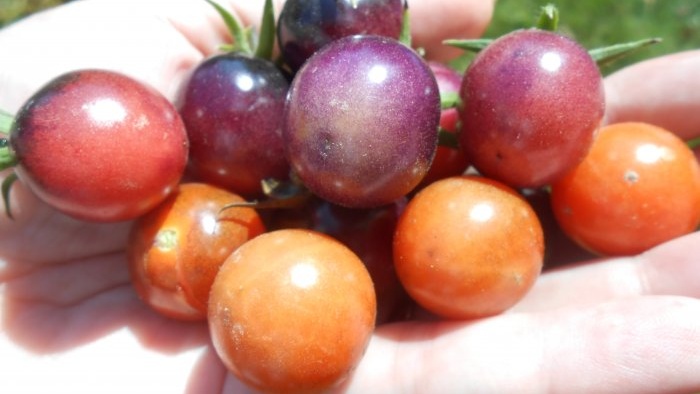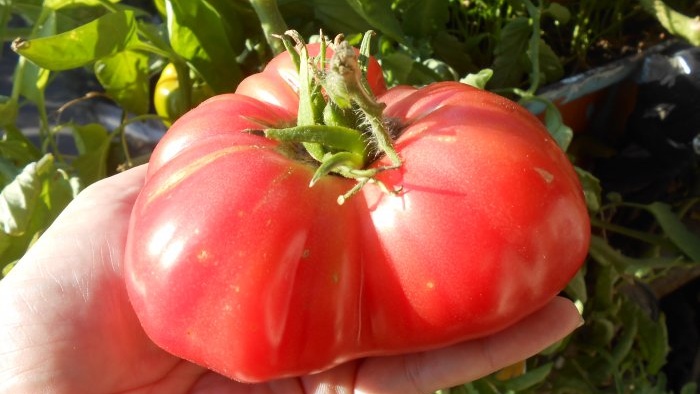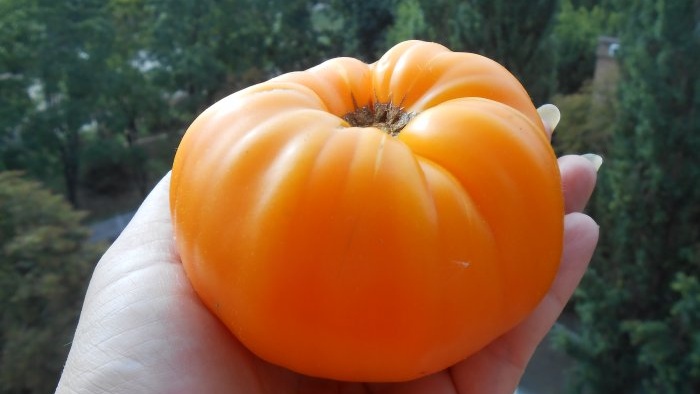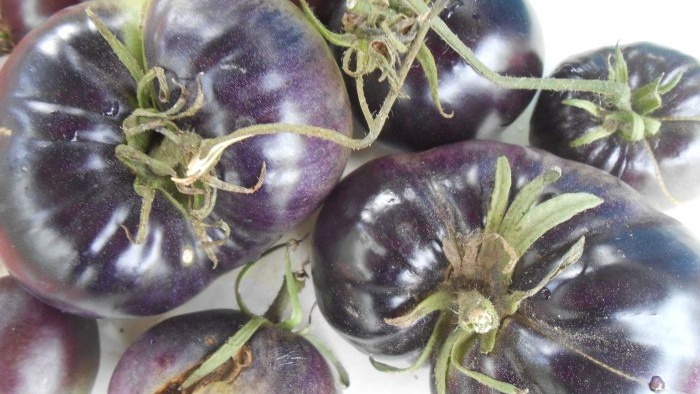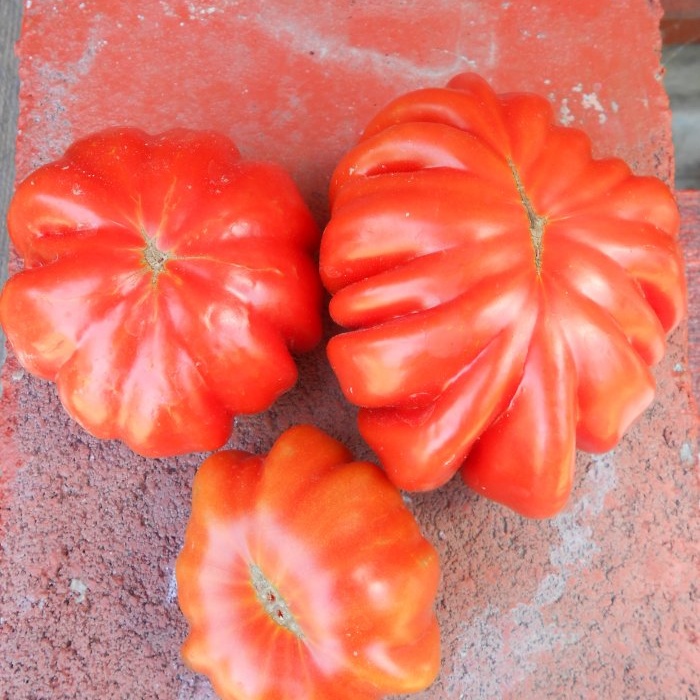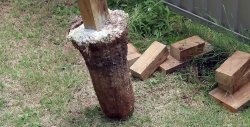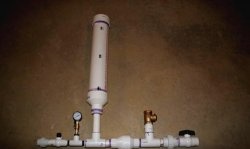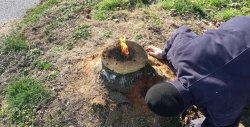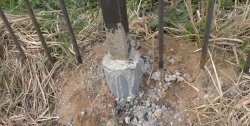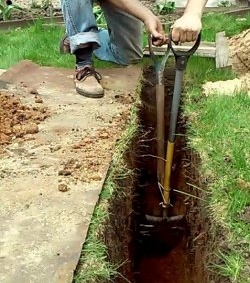Preventing tomato late blight is very simple
The main enemy of all tomato growers who grow tomatoes in open and closed ground conditions is late blight. This disease of nightshade crops, caused by the spread of protists from the oomycete department on plants, can, under unfavorable circumstances, lead to yield losses of up to 80%.
Preventive measures carried out at all stages of tomato cultivation help prevent the outbreak and development of the disease.
The main phytosanitary methods for preventing late blight include:
- compliance with the rules of crop rotation (the area for tomatoes is changed every season, other nightshade vegetables (potatoes, eggplants, tobacco, vegetable peppers) are not used as a predecessor);
- soil greening with the help of cereals, cruciferous, flower and legume plants (oats, rapeseed, mustard, radish, marigolds, vetch);
- sanitation of soil in greenhouses using a solution of copper sulfate, potassium permanganate or microbiological preparations (Fitosporin-M, Fitolavin, Trichodermin, Glyokladin, Alirin-B);
- treatment in the fall or early spring of all internal elements of closed structures - greenhouses and greenhouses - using effective pesticides.
How to protect tomatoes from late blight using iodine?
Significant assistance in the prevention of late blight is provided by ordinary iodine tincture - a powerful antiseptic available in every first aid kit. A five percent alcohol solution, properly diluted in water, has fungicidal, disinfectant, antimicrobial and disinfectant properties.
Spraying tomatoes with iodine solution begins at the stage of growing seedlings. Before transplanting the bushes to a permanent location, it is recommended to irrigate them twice along the tops with a solution prepared at the rate of 1-2 drops for each liter of water, a week after picking and 3 weeks before planting.
After planting tomatoes and adapting them to the beds, seedlings are treated with a solution (20-30 drops per bucket of water) every 10-14 days. To enhance the healing properties of iodine, it is recommended to add whey to the liquid (1 liter per bucket of solution). After the biofungicide dries, a thin protective film forms on the surface of the leaves.
In cool summers, especially during periods of prolonged rain, the concentration of iodine in the solution is increased (5-7 ml per standard bucket of water), and the intervals between treatments are reduced. All spraying is carried out in dry weather. If there is precipitation after the event, it is repeated. The procedure is planned either in the morning, or in the evening, or in cloudy weather, in order to prevent the formation of burn spots on leaf blades and stems.
In addition to its protective functions, a solution of alcohol tincture of iodine acts as an effective foliar feeding, stimulating the functioning of the fruiting organs and accelerating the growth of tomatoes on the bushes.In damp summers, it is additionally recommended to water the plants at the roots and between the rows with a solution prepared without whey at the rate of 0.5 liters for each bush or 2 liters for each linear meter.
Microbiological products for the prevention of late blight
According to reviews from experienced gardeners who do not use pesticides when growing vegetables, the maximum result in protecting plants from fungal diseases is achieved by combining various methods. It is advisable to alternate treatments with iodine solution with spraying with microbiological preparations (Fitosporin-M, Trichodermin and their analogues). The beneficial microorganisms present in these products inhibit the vital activity of many plant pathogens, including late blight pathogens.
Root and foliar feeding of tomatoes with potassium fertilizers
Fertilizing also plays an important role in the immunity of tomatoes. Tomatoes provided with all the necessary nutritional components resist adverse factors, including fungal infections, much more effectively.
After planting seedlings in beds or greenhouses, fertilizers with a high concentration of nitrogen, including organic ones, are undesirable for tomatoes. Nitrogen substances stimulate the growth of powerful tops, which occurs to the detriment of fruiting.
Nightshade seedlings that have entered the phase of budding, flowering, ovary formation and fruit filling are in dire need of additional doses of potassium. Therefore, experts advise regularly applying fertilizers with this element in the form of root and additional foliar fertilizers (potassium sulfate, “Kristalon brown”, “PARTNER Standart NPK 09:12:35+S+ME”, “Kelik potassium”, “Plantafol potassium” and etc.).
Ordinary plant ash, which contains, in addition to potassium, phosphorus salts and a complex of microelements, is also suitable. In addition, introducing ash at the root by plowing during hilling or loosening helps to rehabilitate the land (half a glass for each seedling). And foliar treatments from a garden spray bottle with strained ash infusion (1/2 kg of ash in a bucket of water, let it brew for at least a day) not only provide seedlings with nutritional components, but also protect them from the spread of fungal and bacterial spores.
Let your tomato plantation delight you with high yields every season!
Similar master classes



